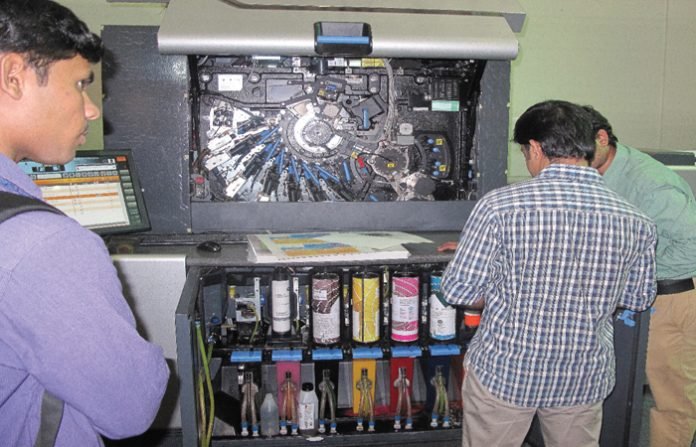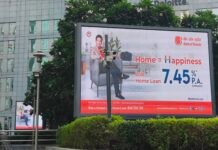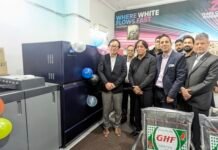The markets of Kerala and Tamilnadu typically show the increased influence of the B2C buyer on the photo album segment of commercial printing, now dominated by digital presses. “Kerala happens to have the largest density of HP Indigo presses with 22 installations in the state and a few more in the pipeline,” says Pramod VS, key accounts manager of Capricot the sole selling agent of HP Indigo presses in the state. HP’s business thrust in the high-end market is fuelled by the photo color labs, and Pramod saysthat its marketshare is expected to grow further despite the improved entries of competitors.
HP introduced the Indigo 7800 and the 6800 production presses at the 2014 DScoop event in Bali, Indonesia as well as the 54-inch latex 310, the 64- inch latex 330, the 64-inch latex 360, the D5800 and Z5800 inkjet printers. These came after its introduction of several presses in the previous two years including the Indigo 10,000 press and the latex 3000 series that prompted Suresh Shetty of Dot Digital to say, “One fear, however isthat HP is moving ahead with technology so fast, that we do not have the time to derive the full benefit of its life cycle, before they come up with new print solutions.”
Glo Color Lab, the largest buyer of Indigo presses, headquartered in Coimbatore with operations in Tamilnadu, Kerala and Andhra Pradesh, has installed eight HP Indigo presses in the last seven years. Glo became the first buyer of the HP Indigo 7800 press at its global launch at the DScoop Bali event in the summer of 2014. This latest offering by HP in the photo album segment was also displayed by Capricot at the KMPA Print Miracle Expo at Kochi during December 2014.
High-end printing
“Glo Color Labs started operations in the photo and wedding albums market way back in 1981,” says TS Ramanan, managing director. The silver halide printers used earlier by photo labs have steadily given way to HP Indigo presses since 2007. “Even today 70% of the printing we do is for the photo album segment and 30% is for general commercial printing (GCP) which is rapidly increasing.In the GCP segment we are targeting gold and silver foiling digitally, high value security printing, prototyping and variable data printing,” says Ramanan. “The profits and overheads are taken care by the photo album segment and hence of we can afford to be very competitive in the GCP segment,” says Gamyanth Shren head of operations at Glo.
An entirely new high-end market, tapping the affluent B2C consumer has been created by the Indigo. However, the photo album market is quite labour-intensive and involvestime consuming postpress processing. Glo’s customers are mostly professional photographers who take care of all the pre press activities including the designing. Though Glo has its own in-house design team, it focuses on printing and postpress operations to save time and maximize productivity. “It takes just two to three hours to print the photos for 100 albums on the Indigo but days to complete the postpress,” says Shren.
Special substrates
Shren confides that the investment in postpress must keep pace with the investment in the Indigo presses to achieve high productivity. “We have installed laminators, PUR binders, multiple guillotines, a Horizon bookmaker, Horizon guillotines, and many other equipment and software for postpress processing,” says Shren. Glo employs 300 people in its five centres — the bulk of this workforce in postpress processing. “This is a Rs 5,000 crore market,” according to Shren, “and while we have revenues of just around Rs 50 crore we can get a much better market share if we are able to optimize and balance our numerous activities.”
To increase value addition, the use of special papers has been in vogue in the digital segment. Archival papers are often used and the nontearable LMO (lithium manganese oxide) sheets imported and supplied by Technova are highly popular especially in South India says Shren. The base film is mostly imported and consumers who are ready to pay are offered imported substrates from Felix Schoeller and Sappi. Whereas an average digital print in Bangalore might be priced at Rs 12, HP Indigo print would likely sell for Rs 20 on a normal substrate and Rs 30 on some special substrates.

















